Winemaking using a minimalist approach is not a new concept, but minimal intervention wines have become more popular among wine drinkers.
Using minimal sulfites, native yeast, and utilizing a more naturally-driven process is something we believe in. Add in our desire to be as natural as we can at our family vineyard. Plus, a passion for crafting the best quality local wines. The result? A consistent quality of wines we are proud to put our Lescombes family name on, and an elevated experience for those who enjoy our wines.
What is Minimal Intervention Winemaking?
At Lescombes Family Vineyards, we use the term “Minimal Intervention” winemaking to describe the process we use for a few of our wines. We have found this process results in excellent wines when we allow them to naturally ferment and bottle without some common winemaking treatments. In addition, we have processes utilized at the vineyard that affect every varietal we produce. These processes add up to reach the pinnacle of quality that our grapes and wines are capable of achieving.
As of today, we use several Minimal Intervention techniques for a few of our white wines that we believe elevate the quality and desirable fresh fruit aromas and flavors.
Minimal Sulfites (SO2)
Before we can talk about minimal sulfites, it is necessary to mention that sulfites are a naturally occurring byproduct of winemaking. It’s also important to know that sulfites are added to wines to stabilize and preserve the fruit and limit oxidation. So despite the legally required “Contains Sulfites” disclosure on labels and the many myths floating around, the mere presence of sulfites is only of large concern if you are part of the 1% of the population that has a sulfite allergy.
Any wine sold in the United States is legally required to have the “contains sulfites” disclosure if it contains more than 10 ppm of added sulfites. Even “sulfite-free” wines have some amount of naturally occurring sulfites in amounts below 10 ppm.
In contrast, the United States Tax & Trade Bureau (TTB), which is the agency responsible for rulemaking for the wine (and other) industries, limits the sulfites in wine to 350 ppm. The average content is likely somewhere in the 70-120 ppm range.
Minimal sulfite use is a fine balance between using just enough SO2 to keep the wine from degrading and using so much that would make the wine taste—well, degraded. Too much sulfite addition can cause a wine to taste metallic, burnt, or have a generally unpleasant flavor. But using none at all would cause premature oxidation or allow other bacterial growth, both of which affect flavor and quality. Wine aging also requires sulfites because, without their addition, the wine would turn to vinegar in a shorter amount of time instead of aging for years.
For us, we utilize sulfites on a case-by-case basis as needed for natural flavor retention. And since the minimal intervention wines we craft are white and rosé, they are not meant to age, but rather enjoyed fresh. So in this case, keeping sulfite use to a minimum makes sense.
Native Yeast or Wild Yeast
Just like naturally occurring sulfites in grapes, there are also naturally occurring yeasts, often called native yeast, indigenous yeast, or wild yeast. These natural yeasts are present on grape skins in the vineyard.
Prior to the 1950s, native yeast was the only way to ferment wine and beer. Today, a majority of winemakers use commercially available yeasts chosen for stability and reliability. But there is a tradeoff in adding yeast.
Using added commercial yeasts can give winemakers a choice to direct their wine to a specific style and promise a reliable fermentation. It will also cause the one strain of yeast used to quickly take over fermentation. Native yeasts involve a variety of yeast strains that, especially early in the fermentation process, will add different aromas and flavors that will add complexity to the wine in various ways.
Since native yeasts ferment slower, these complexities build often over the course of weeks. And because it’s a slower fermentation, it also happens at cooler temperatures which better preserves the fresh fruit flavors that are highly desired in a lot of white wines.
We elected to ferment with these native yeasts in a number of our white wines for these reasons.
Cold Stabilization – Mining “Wine Diamonds”
In modern times, cold stabilization is a common winemaking practice that occurs only for aesthetic reasons. If you’ve ever pulled a cork covered in crystals, or seen these same crystals at the bottom of a glass of wine, you’ve witnessed what are commonly referred to as “wine diamonds.”
These crystals are actually formed by tartrates (potassium bitartrate, specifically) which are a normal product of wine. Cold temperatures cause tartaric acid in wine to bind with potassium and crystallize.
Many consumers raise concern at the sight of tartrate crystals. Are they sugar crystals? Or worse, glass shards?
Sometimes, out of an abundance of caution, a person will not drink wine with tartrate crystals due to safety concerns.
The reaction is understandable, but there is no need for concern. Modern days have erased these misunderstood wine diamonds from most mass-produced wines. It’s a lot rarer to see today. Understanding wine diamonds is a part of understanding the natural winemaking process.
Why would we want to allow tartrate crystals to potentially occur?
The easy answer to this is flavor and aroma. Any process that removes anything from wine, will also change or strip away some amount of the wine’s natural flavor.
A gentle cold stability process like we normally use will affect the flavor in a very minimal way.
For our minimal intervention wines, we didn’t want to affect the fresh flavor at all. So, we don’t cold stabilize these wines. We want the full, fresh, natural aromatics and flavor to shine through.
So enjoy the treasure if you see “wine diamonds,” and fear not. The only consequence is a better, more flavorful wine.
Heat Stability – Protein in wine?
Next is heat stability, which is quite different although related to the cold stability process. A wine that is heat stable isn’t heated up to allow the removal of crystals as cold stabilization does.
Heat stability requires the use of a natural compound called bentonite. Bentonite is an absorbent clay that is added to wine to remove proteins that may become unstable.
So why is it called heat stability, and why is it used?
Some proteins in wine have the potential to cause a haze in white and rosé wines if they are subjected to certain warm temperatures. The temperature needed to cause the haze depends on a variety of factors including pH, alcohol, and the concentration of protein itself. A room temperature of 75 degrees could be enough to cause a wine high in proteins to turn a bit hazy. Similarly, a delivery truck on a hot summer day could cause the same.
Why would we want to allow proteins to remain in wine?
An easy guess would be aroma and flavor. But it’s not that the proteins themselves have desirable aromas or flavors. On the contrary, the proteins themselves don’t hinder the quality of a wine. It is that the protein removal process itself—similar to cold stabilization techniques to remove tartrates—has the ability to also remove desirable qualities, such as aroma and flavor.
Our normal process for heat stabilization includes the use of bentonite in concentrations of just enough to bind and remove proteins with limited effect on the positive qualities of the wine.
In contrast, the wines that are crafted with our minimal intervention process do not have any heat stability processes used on them. This removes any chance of removing any fresh fruit aromas and flavors. After all, these are the wines in which we desire those properties the most, unoaked dry-leaning white and rosé wines.
Minimal Intervention Wine – The Result
There’s always a trade-off when it comes to something as dynamic as wine and the winemaking process. Some elective processes omitted can pay off in spades, without a doubt. But it can be risky as well. A stuck fermentation or oxidation problem could be the difference between a great wine, the initiation of a ‘plan B,’ or worse.
Other potential visually aesthetic consequences are less of an issue in quality and more of an educational opportunity. With a choice between pure aesthetics and heightened quality potential, we chose the latter.
We believe highly in the increased quality of our wines using this process. Rather than starting with one wine, we went head-first for those that are best aligned with a very fresh fruit character and naturally aromatic style.
Try the new “Minimal Intervention” labeled vintages of our 631 Signature Chenin Blanc, Heritage Pinot Gris, Heritage Semillon, Heritage Rosé, and Heritage Bellissimo. These wines are great examples of minimal intervention wines that express wonderful fresh fruit aromas and flavors.





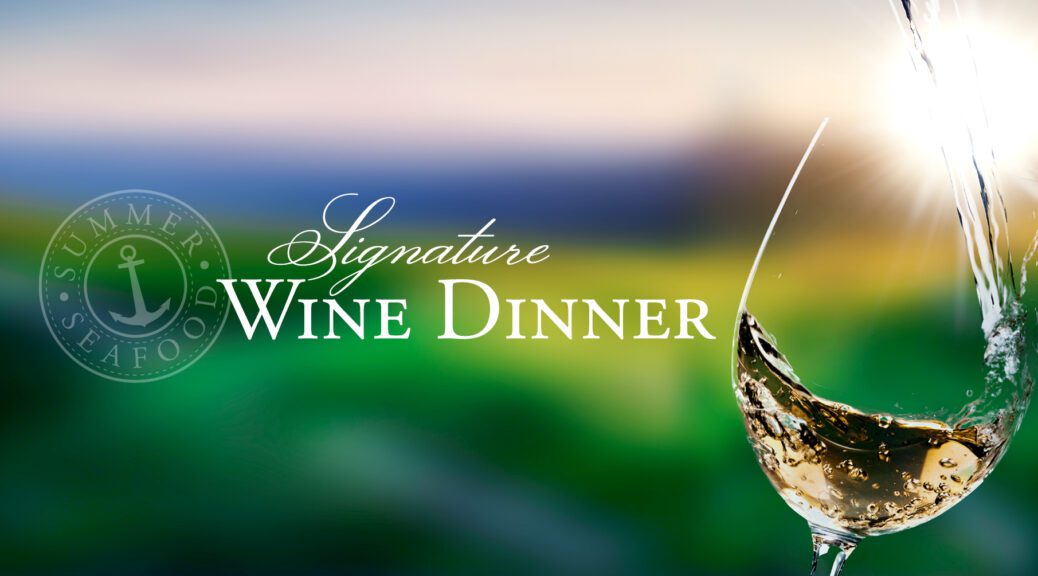
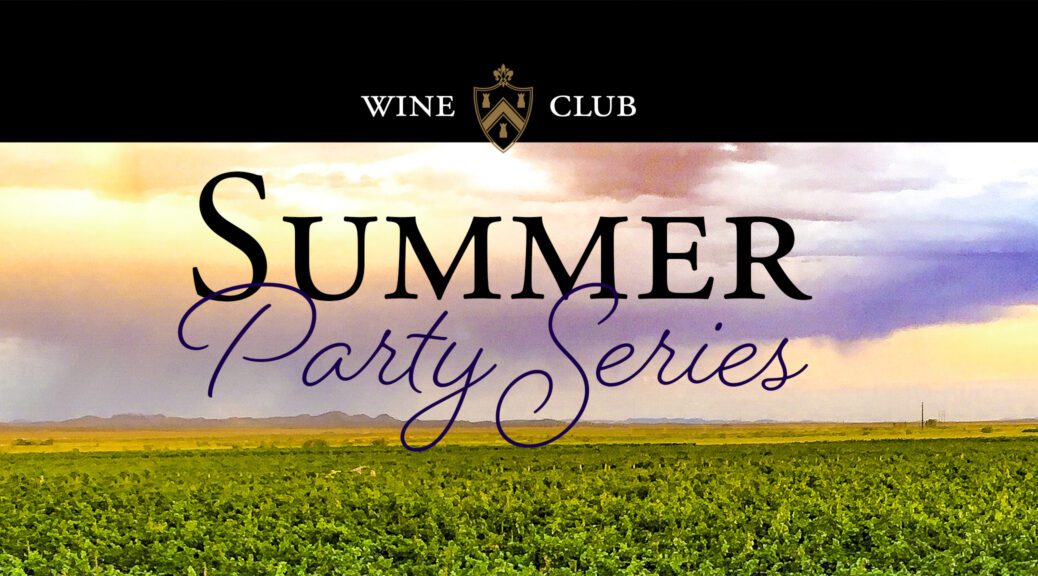

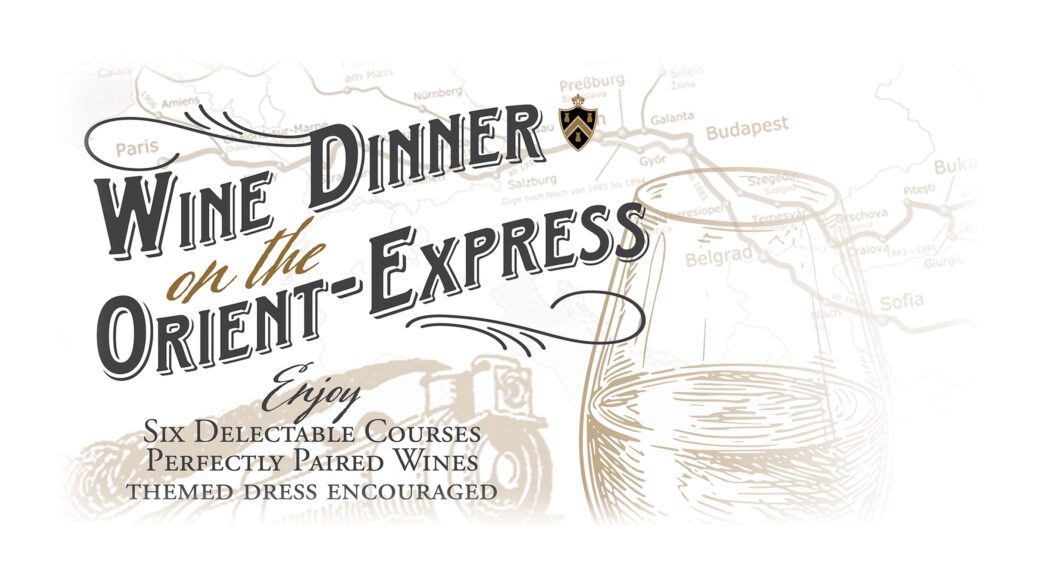


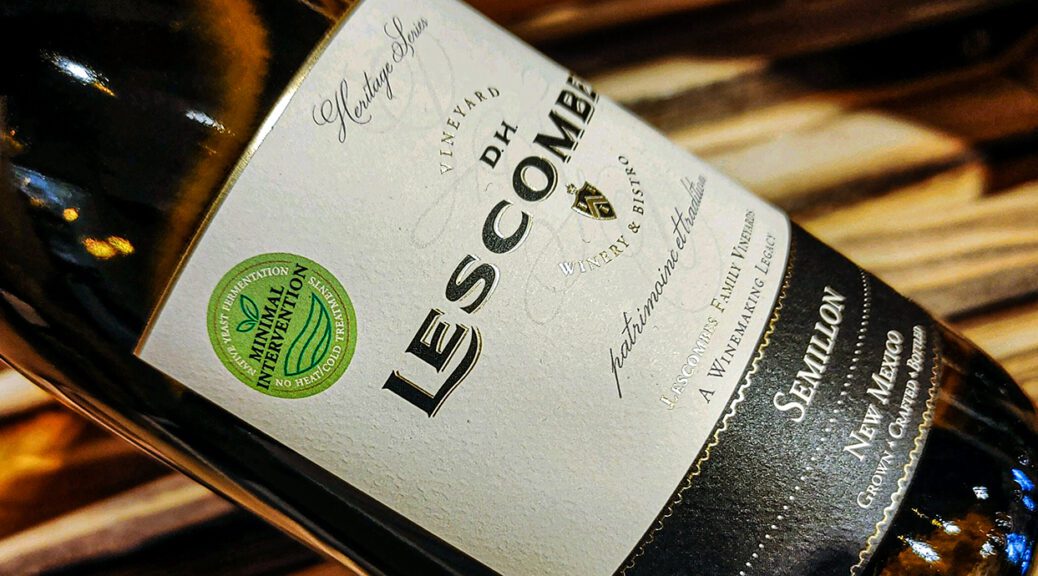
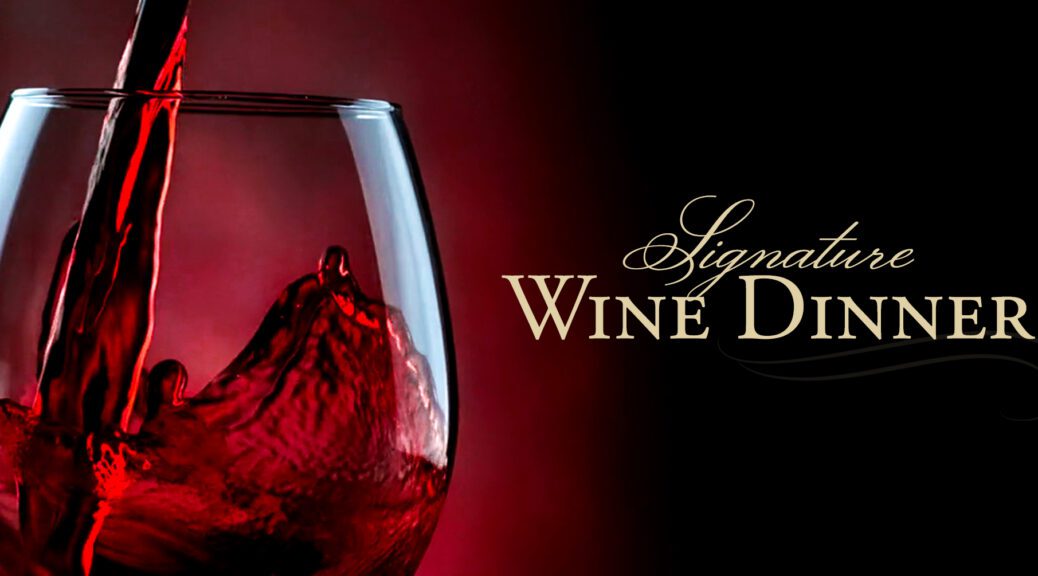




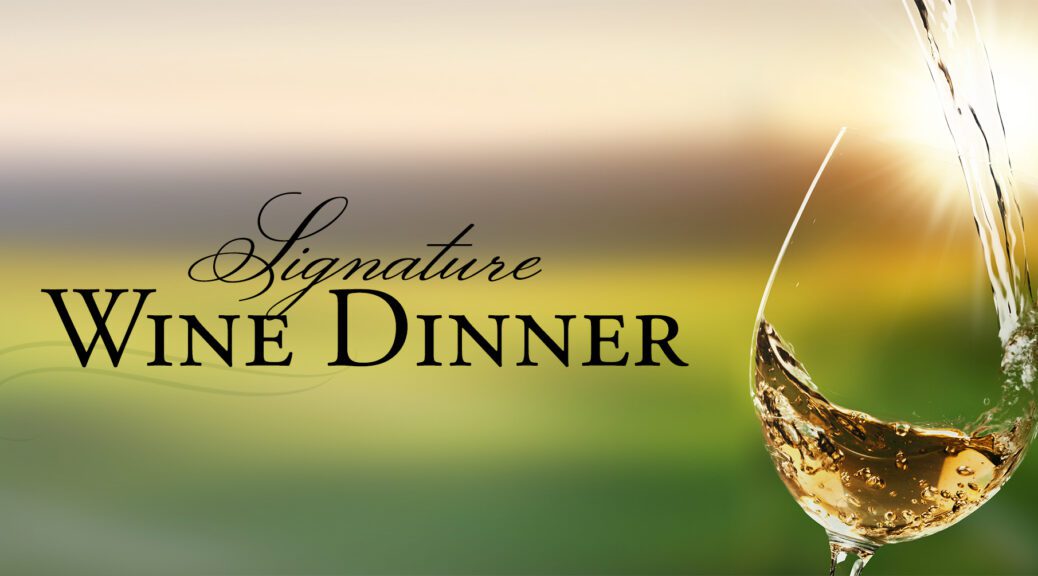
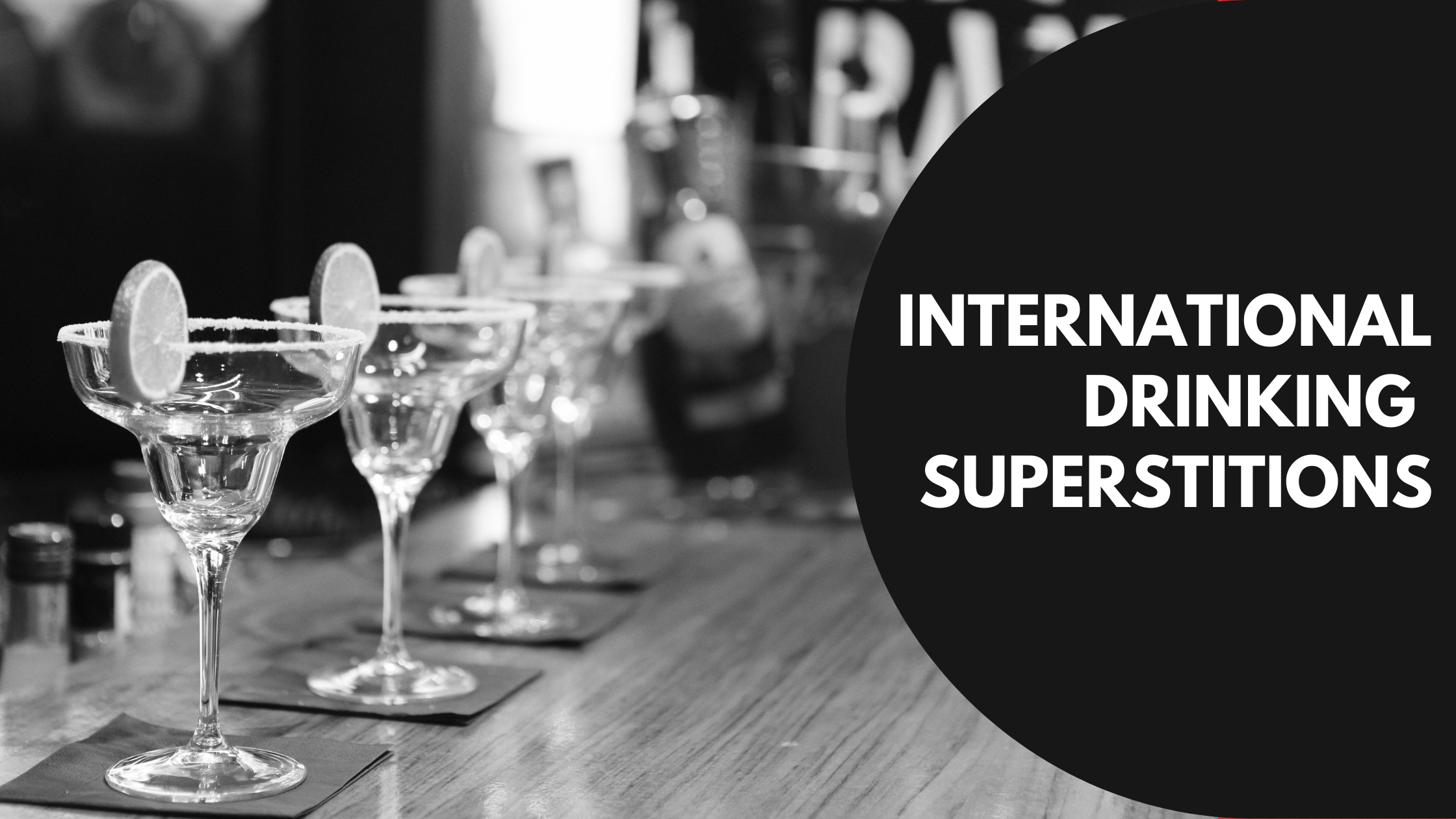










You must be logged in to post a comment.